Habitat Restoration
cause of the extinction of living organisms on earth.
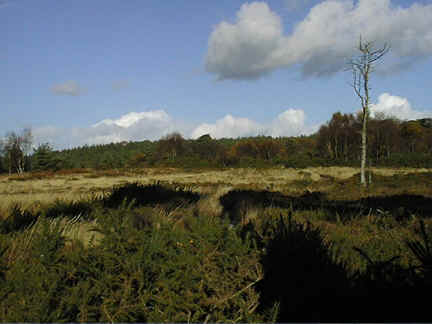 |
Habitats are the underlying basis of all living communities. Habitats consist of an intricate web of complex interactions between plants and animals and their physical environment. These interactions may have taken hundreds, even thousands, of years to evolve within a particular habitat. Preservation of existing habitats and their complex communities therefore needs to be the top priority in conservation. However, where losses have already occurred, restoration of habitats is the next best option. |
| Restoration
involves re-creating the physical conditions necessary for a particular habitat to exist
and then either relying on colonisation from adjacent habitats, or assisting in the
process by translocating suitable organisms to the habitat and nurturing their growth. The
latter should only be necessary where similar habitats have become too fragmented and
isolated from each other to allow re-colonisation. Restoration is a long-term process which will almost certainly involve continued management of the habitat to maintain suitable conditions. The habitat restoration projects which are listed below have been carried out at the Woodland Education Centre which is near Honiton, Devon, UK. |
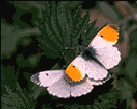 |
The Offwell Woodland & Wildlife Trust has created the Woodland Education Centre from an ecologically poor site. In 1986 the area was covered with dense sterile rhododendron. A large number of practical projects have restored broad-leaved and coniferous woodland, rides, hedges, a lake, ponds, streams, wetland areas and an emergent heathland. |
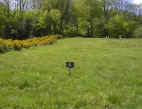 |
Heathland Restoration is being carried out on the western side of the Centre's steep sided wooded valley. Click here to access pages of information, photos, management details and biological surveys. There are species lists, samples of raw data as well as processed data which feature graphs, tables and charts. |
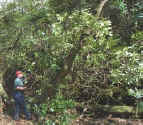 |
A number of woodland habitats have been restored. Click here for comprehensive reports on one of the woodland restoration projects. This report features a baseline survey of a rhododendron infested broadleaved woodland together with photographs of the work in progress. |
| An area of Wet Woodland at the Woodland Education Centre is being restored. For a survey which includes an area of Carr click here. | |
 |
The Wetlands Reclamation project, has provided a whole range of quality aquatic habitats. This large project involved the equivalent of 40 man years of labour. The project report includes videos, surveys as well as be As a result Dragonflies, amphibians and birds such as the kingfisher now breed on the reserve. |
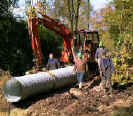 |
The Leat Project was carried out to prevent storm water and pollution from damaging a number of quality aquatic habitats. For a full project report click here. |